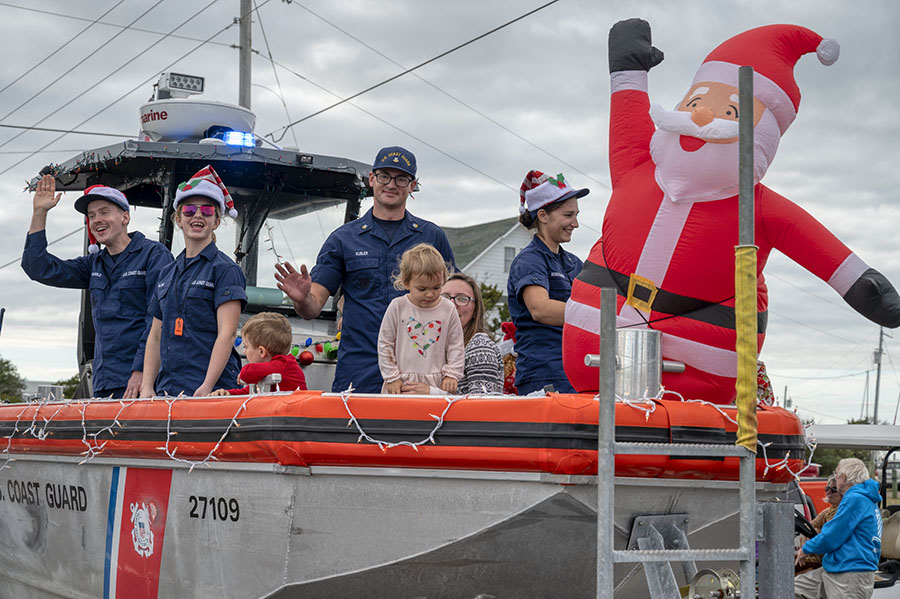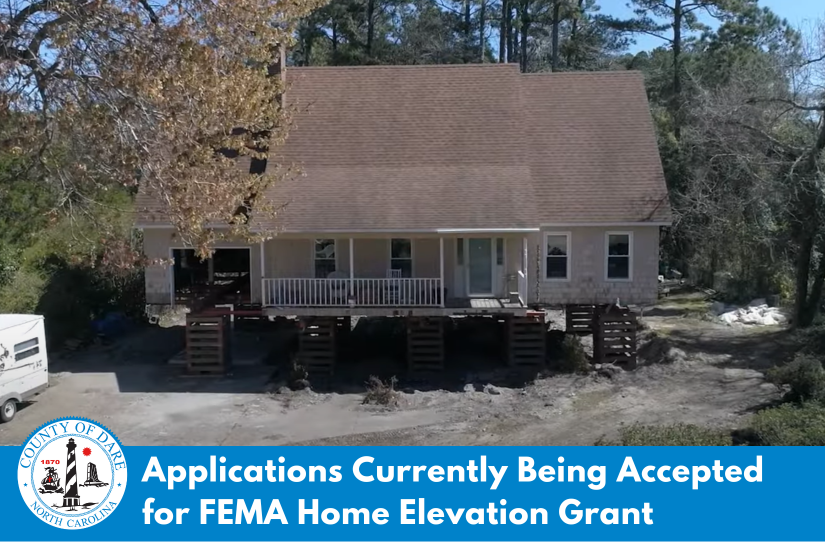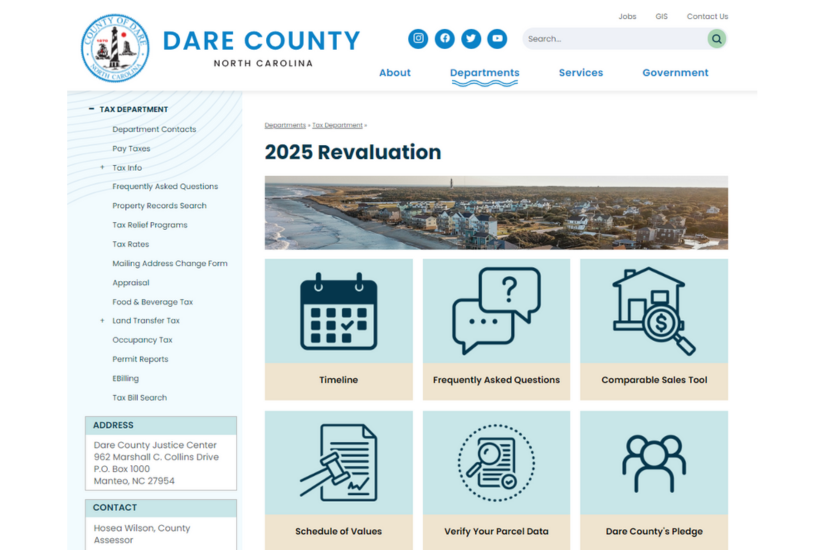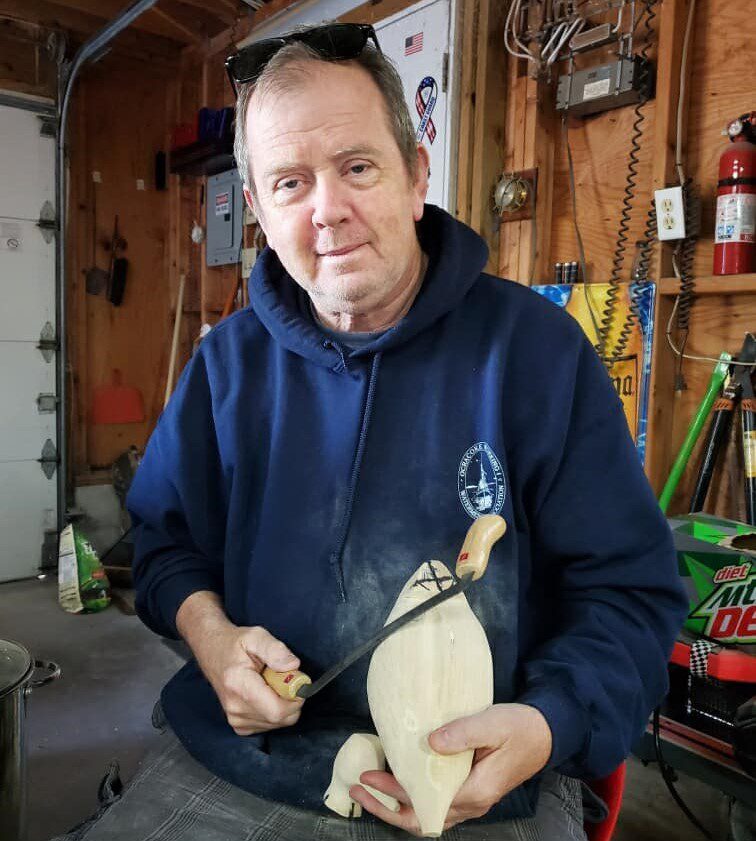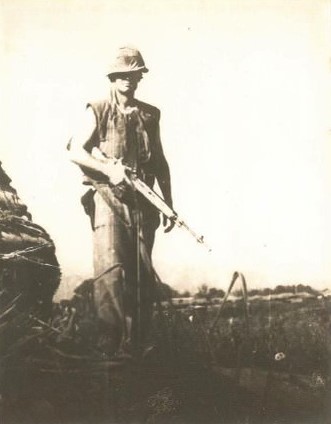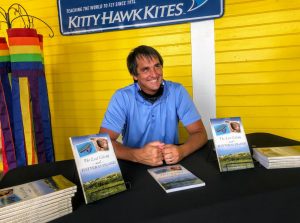 Scott Dawson, President of the Croatoan Archaeological Society, and author of “The Lost Colony and Hatteras Island”, will be at the Rodanthe/Waves/Salvo Community Building (across the street from the Chicamacomico Life Saving Station) on Thursday, July 7th at 10am to present a slideshow and discuss the history surrounding the lost colony and the Croatoan tribe.
Scott Dawson, President of the Croatoan Archaeological Society, and author of “The Lost Colony and Hatteras Island”, will be at the Rodanthe/Waves/Salvo Community Building (across the street from the Chicamacomico Life Saving Station) on Thursday, July 7th at 10am to present a slideshow and discuss the history surrounding the lost colony and the Croatoan tribe.
New evidence to support the “lost colony” relocated to Hatteras Island to live with the Croatoan Indians was unearthed by archaeologists in December of 2021. The team of scientists were led by world renowned archaeologist and professor Mark Horton. The Discovery Science Channel filmed the dig and released a two-hour special announcing the finds on Mother’s Day 2022.
Croatoan is the old name of Hatteras Island, specifically Buxton, Frisco and Hatteras. The first time the English ever set foot in the New World occurred on Hatteras Island July 4th 1584, 3 years before the lost colony set sail. On this maiden voyage the English military camped out on Hatteras Island for 6 weeks. It was on that voyage the English met Manteo, a Croatoan man who travelled back to England with the English and returned on the 2nd English voyage to the New World the following year in 1585.
The 2nd voyage left 105 English soldiers on the Outer Banks for 14 months. Some of them lived on Hatteras Island and a few lived on Roanoke Island. The group living on Roanoke started a war with a tribe on the mainland called the Secotan. They murdered the Secotan chief, Winginia, who lived in what is now Manns Harbor. The English also burned down a village near Mattamuskeet Lake, kidnapped people to hold for ransom and acted like fools.
The group living on Hatteras Island under the direction of a ship captain named Edward Stafford, got along peacefully and spotted Francis Drake sailing up the coast. They flagged Drake down with smoke and Drake gave all of the English a ride back to England. Manteo went to England a 2nd time. Unknown to the English who sailed home with Drake, their resupply was only days away. When the resupply ship arrived, it dropped 15 men off at Roanoke Island. They were attacked by the Secotan and killed. The English fort on Roanoke was burned.
Then in 1587, the famed lost colony stopped at Roanoke to pick up these 15 men, not knowing yet that they had been killed. One of the lost colonists, George Howel, was killed by the Secotan who ambushed him while he was alone crabbing. He was shot 16 times with arrows and had his head bashed in with war clubs. When the colony found Howel’s body they sent Manteo and 20 Englishmen to Croatoan/Hatteras to find out who killed him and what happened to the 15 men left the year before. The Croatoan hosted the English to a feast and told them it was the Secotan who had killed the 15 men and George Howel. Then the Croatoan raided a Secotan village and gave the corn and pumpkins they stole to the English.
The governor had to leave to get resupplies and told the colony if they should leave Roanoke to carve the name of where they had relocated onto a tree. When the governor, John White returned he found the settlement abandoned, all the houses taken down and the word Croatoan carved onto a palisade that went around the settlement. He knew what that meant and why the colony would go there considering the relationship the colony had with the Croatoan who had been their friends for years. The next day White and his company tried to go to Croatoan but were driven off by a storm. No other attempt to reach them was ever made. Thus, the colony was abandoned. The next documented record of anyone going to Croatoan was John Lawson 100 years later. He found Native Americans with blue eyes, wearing English clothes who told him their ancestors were white people who could speak out of a book and came on Sir Walter Raleigh’s ships.
Now, finally this history has been investigated and 16th century English artifacts have been found in the Croatoan Indian village where the colony said they went. They were found at a layer that is pure 16th century.
Find out what was found and see it for yourselves July 7th at the RWS Community Building in Rodanthe at 10am. After the presentation Scott will be available for a Q&A on the porch of the Life-Saving Station and you may purchase his latest book which he would be glad to sign.






